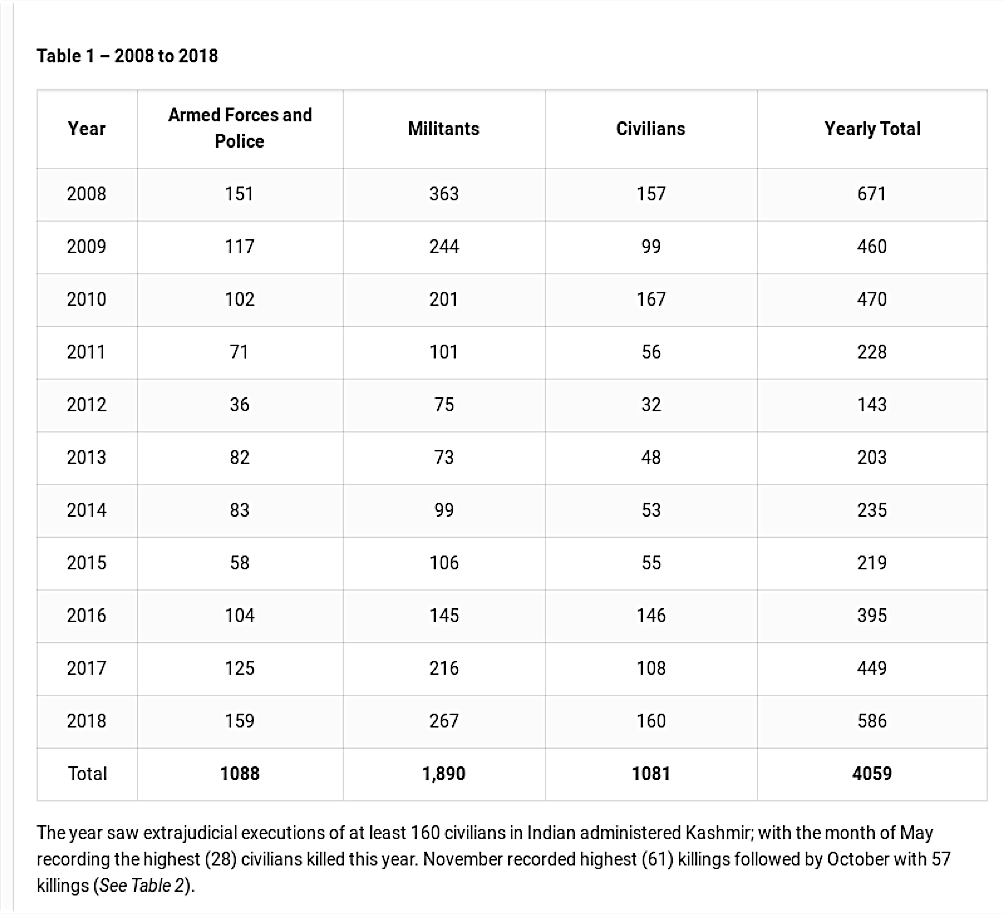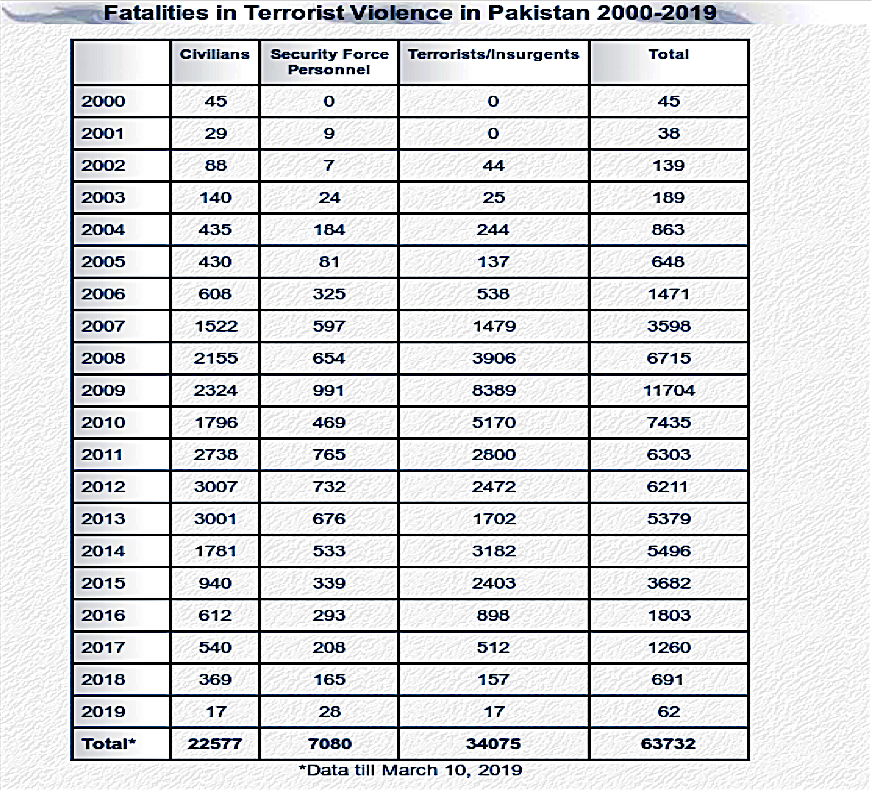Sharjeel Imam for BeyondHeadlines
The recent aggravation of tension between governments of India and Pakistan and subsequent combat engagements by the respective air forces has led to an alarming situation, especially as these two nations possess nuclear weapons, and have large conventional forces. The intensification of tensions started with Indian government’s allegations against Pakistan for its alleged indirect involvement in a suicide attack, in disputed territory of Jammu and Kashmir, where more than 40 Indian CRPF personnel were killed.
As the incident was reported, an overwhelming section of Indian media missed no time in calling for aggression against Pakistan. And this attitude is not new. The role played by our media, and especially the vernacular press, under such difficult circumstances has never been impartial or judicious. When it comes to reporting the political events in and around Kashmir, Indian media have repeatedly proved their collective intellectual and moral bankruptcy. And in the context of the massive suicide attack that took place after two decades in Kashmir, it took no time for mainstream media to display their features in full intensity. Not only do the media uncritically repeat what the government is claiming, but they also do the extra work of justifying whatever has been claimed, and some wise anchors and analysts go to the extent of suggesting future course of military action. Sycophancy, complacenc and complete surrender before the government are primary hallmarks of most Indian media.
Kashmiri Blood
The most important feature of our media vis a vis Kashmir has been its complete silence about the normalisation of violence and almost daily loss of civilian lives over the last few years. Even if we believe that the narratives about the origins of conflict belong to the historians’ domain, the media should at least reflect the current situation honestly. However, the events in Kashmir hit the headlines only if the number of dead civilians is large enough to garner attention, or if army personnel have been killed in an attack. This is the defining feature of
This denial of a problem is perhaps best manifested in the maps which show the whole territory of the
And even if there is news of civilian deaths in so-called encounter operations, it is often brushed aside as collateral damage in the popular Indian perception. Some ultra-nationalists would go to the extent of justifying the murder of these civilians as they support ‘jihadi terrorists’ and hence deserve punishments. But the same people could be seen invoking principles of International Humanitarian law when the Indian Air Force Wing Commander was captured by Pakistan. How Indians want their state to treat people is very different from how they want another state to treat theirs, be it the case of Abhinandan or Kulbhushan Yadav.
Although Indian media chooses to largely blackout on the issue of Kashmir, Kashmiris have taken it upon themselves to disseminate information on the violence met out to them using social media. However, the Indian state uses its powers even to the extent of shutting down the internet to ensure that the flow of information on violence is restricted. Jammu and Kashmir saw the highest number of internet shutdowns in recent past.

‘Islamic Terrorism’
The consequence of one-sided media coverage is that the term ‘terrorism’ can then be indiscriminately applied to all and any form of resistance in Kashmir. As the violence perpetrated against the population is never the subject matter of news, any response from Kashmiris is seen as completely unjustified and inspired by Islamic radicals supported by Pakistan. If it happens to be a suicide attack, then the universal assumption is that it was the deed of most fanatic of all Muslim terrorists. The reasoning is fundamentally flawed, and who would know it better than Indians who faced suicide attacks from non-religious LTTE even before any ‘Islamic’ suicide attacks had taken place. In the absence of any real news about the brutalisation of Kashmiri people, and with the neo-conservative definition of terrorism becoming universal, it is easy to convince the masses that all of this is a
This narrative of ‘Islamic Terrorism’ has been used successfully across the globe by many nation states to denigrate legitimate resistance. However, in India, this understanding has a special resonance because of the recent history of the subcontinent. Indian nationalists firmly believe that Pakistan was founded because of Muslim separatist attitude and their inability and unwillingness to live with the Hindus. Muslims were also mistrusted and labelled as ‘Pakistani agents’ in this society.
It is in this context that the neocon definition of terrorism enters in the post 9/11 media landscape of Indian society. The very next year, the attack on parliament happened and the term ‘terrorism’ has been used ever since to describe Muslim individuals or groups resisting Indian rule in Kashmir and elsewhere. Student organisations such as SIMI were declared ‘terrorist’ and banned by the government. The older term ‘
Given this one-sided coverage of Kashmir affairs, and the suitable context for the reception of neo-conservative definition of ‘Islamic terrorism’, it is not surprising that the Indian media rarely introspects and asks itself and its viewers if it is possible that something other than ‘fanatic religious beliefs’ have driven these individuals to become a human bomb, and why are the youth of Kashmir, or for that matter youth of Sri Lankan Tamil areas, ready to lay their lives in order to resist the Indian forces. The fact that Muslims did
Pakistan and Terrorism
From here we come to the third important issue in Indian media regarding the Kashmir conflict, and that is the coverage Pakistan receives. It is known to all that Pakistan has been one of the biggest victims of terrorism and the chain of violence engendered by the Soviet and

The coverage of recent escalation by the Indian media can be understood in this context. It started with
(Sharjeel Imam is a Computer Science graduate from IIT Bombay and is currently pursuing his PhD in Modern History from Jawaharlal Nehru University in Delhi. He is working on Late Colonial Muslim politics in South Asia.)






















